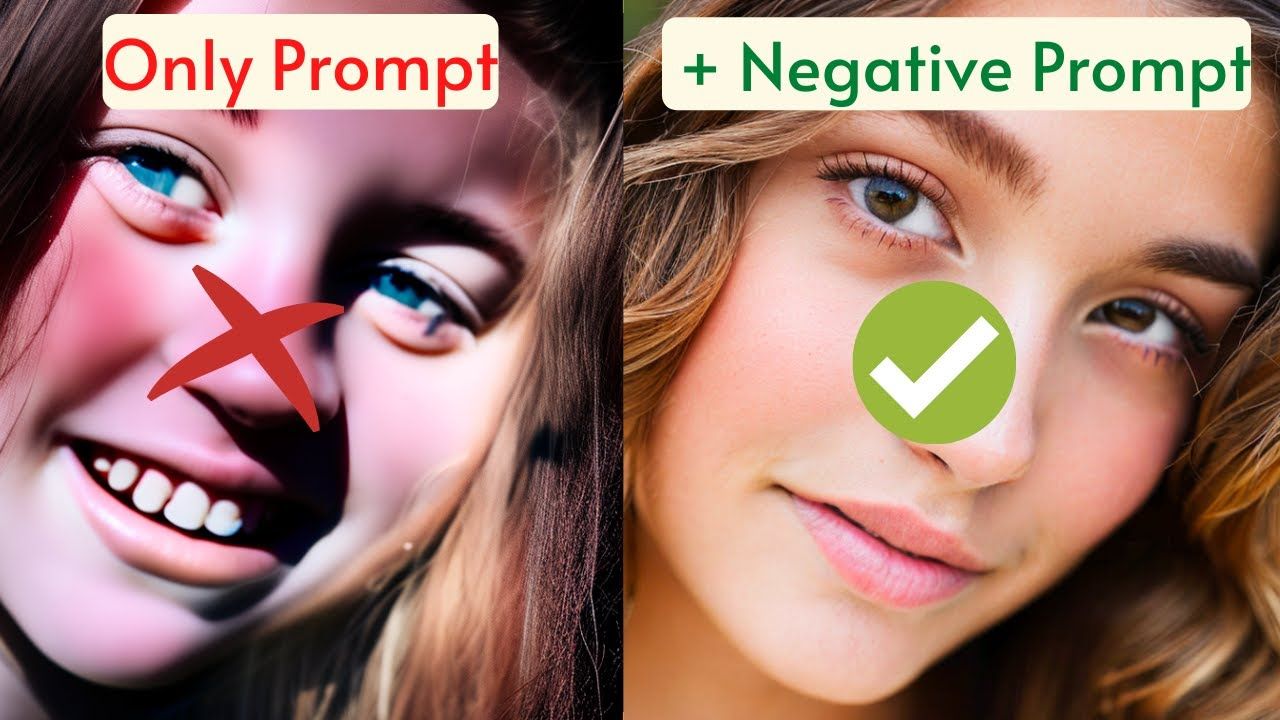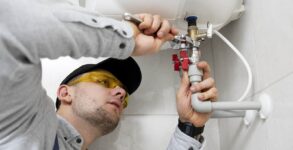How to Use Negative Prompts on Stable Diffusion: You instruct Stable Diffusion to exclude negative prompts from your image creations. You can use negative prompts to eliminate objects, people, animals, and styles, alter the environment and photograph style, and highlight the keywords you employ to describe your images.
The majority of Stable Diffusion applications and generators include a “Negative prompts” box alongside the original description prompt where you can input keywords you want the AI tool to remove or neglect.
Stable Diffusion is an open-source platform that enables you to convert text descriptions into images for free and locally on your computer. If you’ve ever used an image generator to create something, you’re aware that the results are only as effective as the instructions you input.
Stable Diffusion enables you to add Negative prompts, which allow you to specify things the tool may need to disregard during the creation process, in order to generate images that are closer to how you imagined them. This post will describe what these negative prompts are, how they can be used, and how to input them into your Stable Diffusion image generator.
What are negative Stable Diffusion prompts?
Negative prompts on Stable Diffusion are keywords you enter to prevent the AI tool from displaying specific results. As its name suggests, it is the inverse of the original description you input. You can use negative prompts to instruct Stable Diffusion to omit specific elements, styles, or environments when generating the images you desire.
Consider Stable Diffusion as a ship whose anchor is the negative prompt. With negative prompts, it is possible to redirect Stable Diffusion away from undesirable images or creations with abnormalities or particular effects. You can precisely control the output images by eliminating unwanted objects, environs, colours, style, or view, or by correcting previous generational deformities.
What can negative prompts be used for?
Negative prompts can be useful for refining your image creations to match your vision. To make the most of it, however, you must know which negative prompts to use in various situations.
Negative prompts are designed to help you eliminate elements from your image creations. For instance, if you want to create an image of a deserted street, you can input “people”, “animals”, and “vehicles” as negative prompts so that the generator will exclude them from the results.
Altering the encircling environment of an image is a second application of negative stimuli. Thus, your subject will be depicted similarly to how you described it in your original prompt, but the background can be altered using negative prompts. Using “dark” and “foggy” as negative stimuli can result in colourful, vibrant landscape photographs with clear skies.
Accentuate unique keywords: You can force the image generator to concentrate on specific keywords from the input by adding their antonyms as negative prompts, regardless of how descriptive your primary prompt is. For instance, if you want your images to be clearer and of higher quality, you can use “blurry” and “low resolution” as negative keywords to generate better images.
Exclude certain picture styles: Although you can characterise the style of image you wish to create within Stable Diffusion, adding other styles as negative prompts will prevent you from seeing images in styles you do not want. Adding keywords such as “pop art”, “painting”, “drawing”, and “cartoon” enables the AI generator to produce photorealistic images.
How to input negative Stable Diffusion prompts
Similar to other input prompts, negative cues must be provided prior to the creation of an image. Regardless of how you access Stable Diffusion, the majority of online and local Stable Diffusion generators for Mac and Windows feature a dedicated “Negative prompt” window where you can specify elements and designs you do not want the generator to add to your image creations.
In this instance, we will use the online version of HuggingFace’s Stable Diffusion 2.1 to demonstrate how to input negative image creation prompts. Once the generator page has loaded, you will be able to input your primary prompt. This is the field where you will add the original description for your image. Including all the details you wish the AI generator to implement.
In addition to the text box for adding original prompts. You will also find a text box for entering keywords for the negative prompt. Here, enter all of the elements that Stable Diffusion should ignore when constructing your image.
After adding these details, select the Generate image button.
It will take a few seconds to one minute for Stable Diffusion to generate the image you described.
Once the procedure is complete, the generated results should appear on the screen.
If you’re dissatisfied with the results, you can enter additional keywords in the Negative field to ensure that the generator excludes them on the next attempt. You can also use prompt weights to specify how much of an element you want the image generator to remove.
Can you add negative prompts to all instances of Stable Diffusion?
The majority of Stable Diffusion-based generators support negative prompts, but not all. We’ve compiled a list of services that offer a Negative prompts checkbox. When entering input prompts so that you don’t have to spend time determining which instance allows you to add negative prompts.
Online generators of Stable Diffusion with negative prompts
We’ve compiled a list of additional Stable Diffusion-based tools that allow users to add negative prompts. As novices are likely to choose online image generators similar to the one provided by HuggingFace.
Windows-compatible Stable Diffusion generators with negative prompts
On Windows, unlike on Mac, there are fewer methods to execute Stable Diffusion, but the good news is that all available options support negative prompts. You can obtain and install the following generators to create images with negative prompts on your Windows computer:
Macintosh Stable Diffusion generators with negative prompts
Setting up a Stable Diffusion generator on a Mac is simpler than on Windows. But you’ll need a device operating macOS on Apple Silicon (M1 or M2) and at least 16 GB of RAM. Here is a list of Mac applications that allow for the addition of negative prompts during image creation:
List of negative general prompts to enhance image quality
Creating negative image prompts may require the same level of descriptive ability and vocabulary as entering original image prompts. However, there are a number of negative prompts that can be utilised to enhance the overall quality of images created with Stable Diffusion.
- ugly tiling
- disfigured deformed
- minimal standard
- pixelated blurry grains
- out-of-frame text watermark signature with grainy text
Disproportionately poor ratios - gross dimensions
- Poor anatomy body outside the frame
- identical trimmed draught
- extra limbs
- extra limbs extra legs
- extra digits
- extra appendages
- Long neck mutation disfigured limbs with mutations.
- poorly drawn visage
- poorly drawn ankles
- poorly drawn palms
- Absent palms, limbs, Absent legs
- missing digits
- awkward position out of focus
- poor definition
- dreary background with no content renders an artificial engine


















